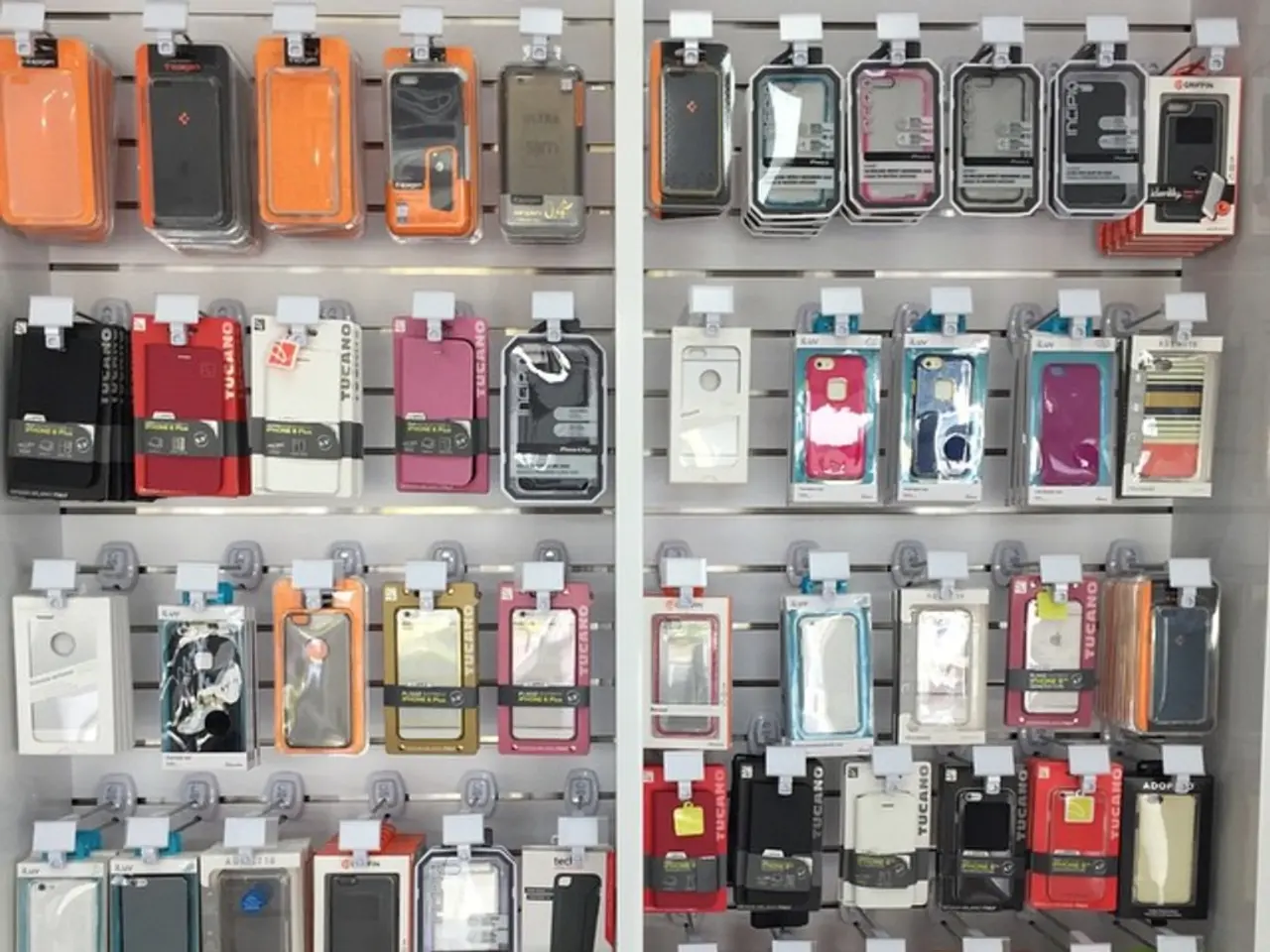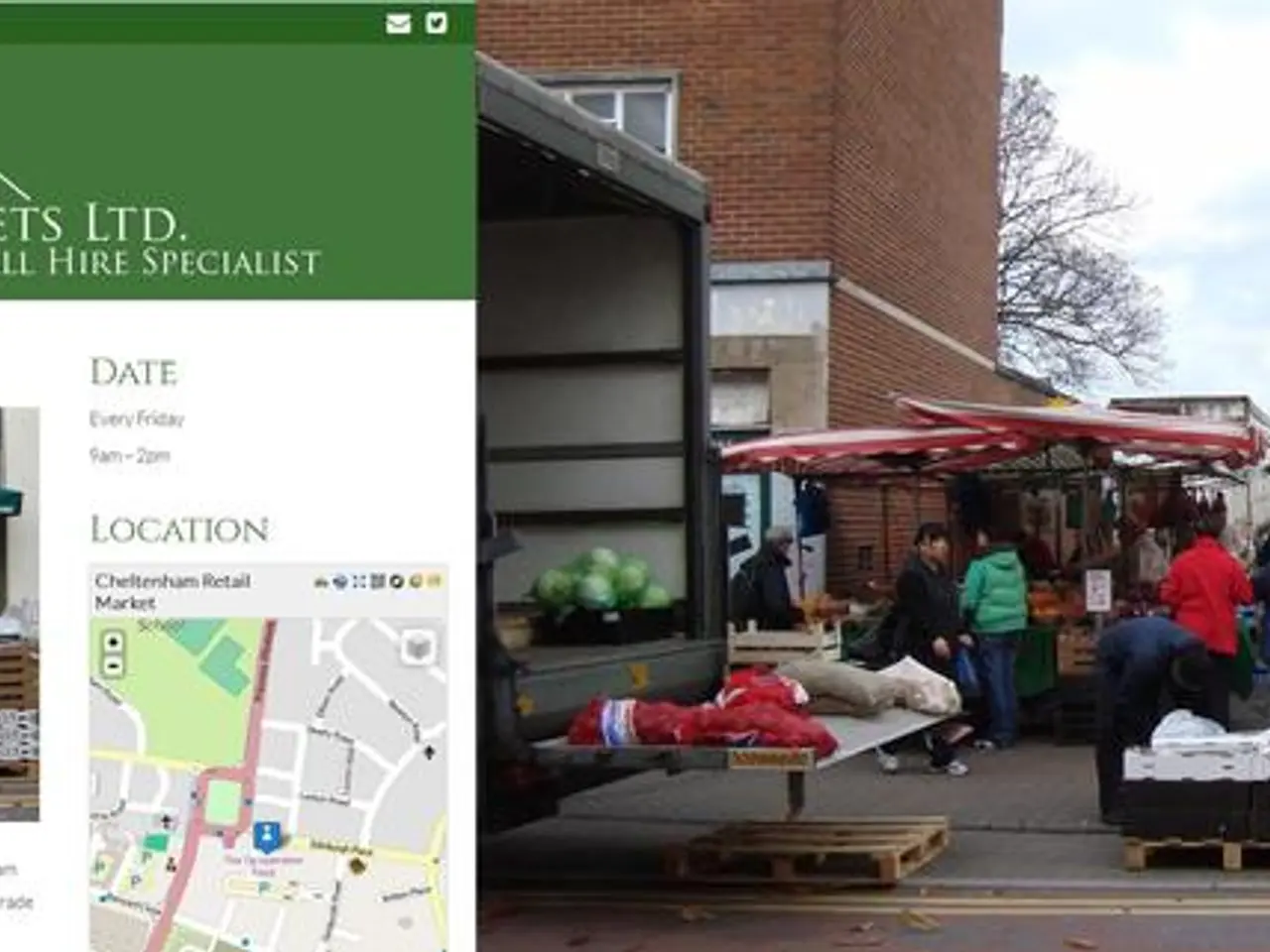Android users given alert over "BadBox" malware threat by Google
In a recent development, cybercriminals have been targeting Android users with the BadBox 2.0 malware, which can grant hackers access to sensitive information and allow them to conduct large-scale ad fraud and other digital crimes. Google has taken a proactive approach, filing a lawsuit in response to these attacks.
The lawsuit targets ad fraud, specifically hidden ad rendering, web-based game sites, and ad click fraud. Google has warned over 10 million Android users to shut off their devices due to the discovery of BadBox 2.0 malware. Affected devices include Android TV boxes with model numbers X88 Pro 10, T95, MXQ Pro, and QPLOVE Q9, as well as other tablets and digital projectors with unknown model numbers.
To protect Android devices against BadBox 2.0 malware and ad fraud, consider the following measures:
1. Verified Hardware: Ensure devices are from reputable manufacturers and have certified Android systems with Google’s security layers. 2. Regular Updates: Keep devices and apps updated to the latest software versions. This can help patch vulnerabilities and reduce the risk of infection. 3. Secure App Installation: Only install apps from the official Google Play Store, which has built-in scanning capabilities to detect malware. 4. Use Antivirus Software: Install reputable antivirus apps to scan for malware and detect suspicious activity. 5. Be Cautious with Third-Party Stores: Avoid downloading apps from third-party stores, as they may contain malicious code.
BadBox 2.0 primarily targets uncertified Android devices running the Android Open Source Project (AOSP), which lack Google's proprietary security features. These include smart TVs, streaming boxes, IoT gadgets, and cheap tablets and smart devices often sold on the secondary market, especially those manufactured in China with pre-installed malware.
A significant challenge in protecting against BadBox 2.0 is that the malware is often pre-installed in the firmware, making it difficult to detect and remove using traditional methods. The malware's ability to operate quietly and generate ad revenue without user interaction complicates detection efforts.
To stay safe from future cyber attacks, experts advise consumers to ensure the Android devices they purchase are Google Play Protect certified. Additionally, experts warn consumers to avoid purchasing suspiciously cheap digital devices, as they may contain malware.
[1] https://www.forbes.com/sites/thomasbrewster/2021/06/24/android-tv-boxes-are-secretly-running-ad-fraud-malware-on-10-million-devices/?sh=73827d7b612a [2] https://www.wired.com/story/android-tv-boxes-malware-ad-fraud-10-million-devices/ [3] https://www.techradar.com/news/android-tv-boxes-are-secretly-running-ad-fraud-malware-on-10-million-devices
- In an effort to enhance financial security and combat digital crimes, Google has taken legal action targeting ad fraud associated with the BadBox 2.0 malware, which is known to infiltrate Android devices and jeopardize cybersecurity.
- As technology advances, it's crucial for Android users to prioritize cybersecurity measures, such as installing antivirus software, updating devices regularly, and ensuring apps come from trusted sources, to safeguard their devices from malware like BadBox 2.0 and related ad fraud.




